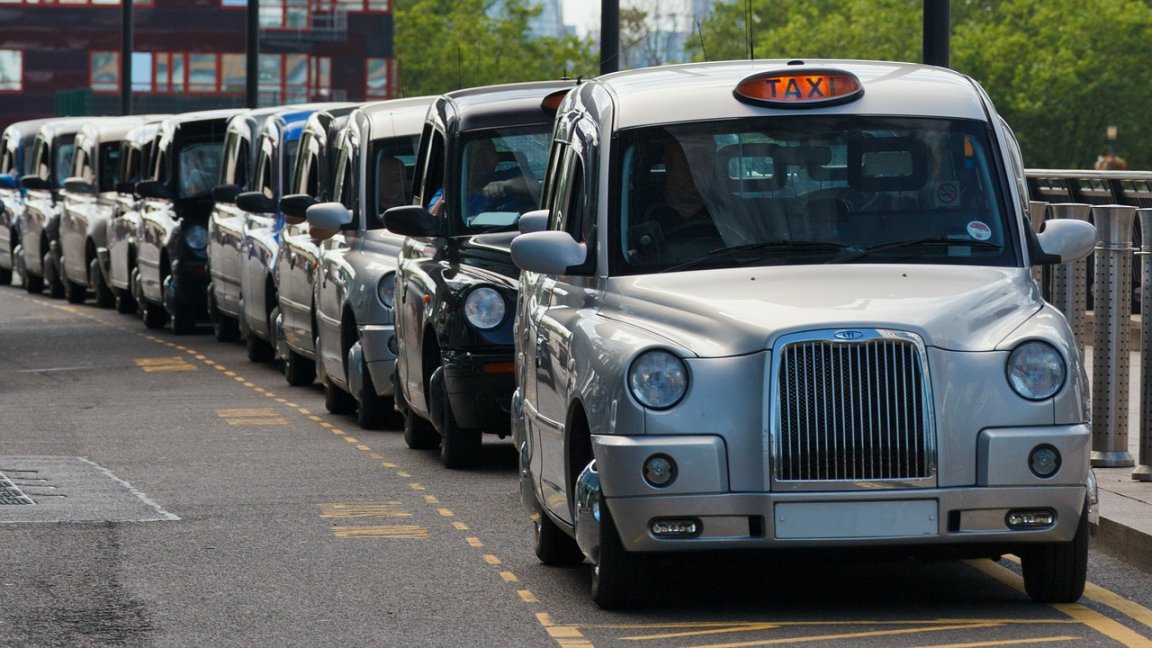
London is taking its commitment to reducing its impact on climate change to a new level: the city’s mayor, Sadiq Khan, recently announced a major initiative with the goal of significantly reducing carbon emissions within the next few decades. Ultimately, the plan sets out to make London’s entire transportation network zero emission by the year 2050.
A major facet of the city’s public transport system is already electric, chiefly the Underground rail system. Therefore, the bulk of the efforts will be aimed at reducing emissions from vehicles. The plan hopes to cut down the number of trips by three million each day. To do this, the city is calling on people to switch to walking, cycling, and relying on the electrified public transit system.
Among the first steps in the plan is to create a zero-emission zone in central London by 2025 in order to set the preconditions for a full city expansion by the projected end date in 2050. Other steps include mandating all taxis and minicabs be zero emission by 2033, with the city’s buses following suit by 2037. Then, by 2040, all road vehicles in London will be required to to be zero emission.
One of the major obstacles facing the city’s plan, however, is ensuring the proper infrastructure will be in place to allow it to be successful. One challenge that the city has already identified and will be getting to work on is providing adequate charging stations throughout the city, which will be paramount to the plan’s success since it heavily relies on the adoption of electric vehicles.